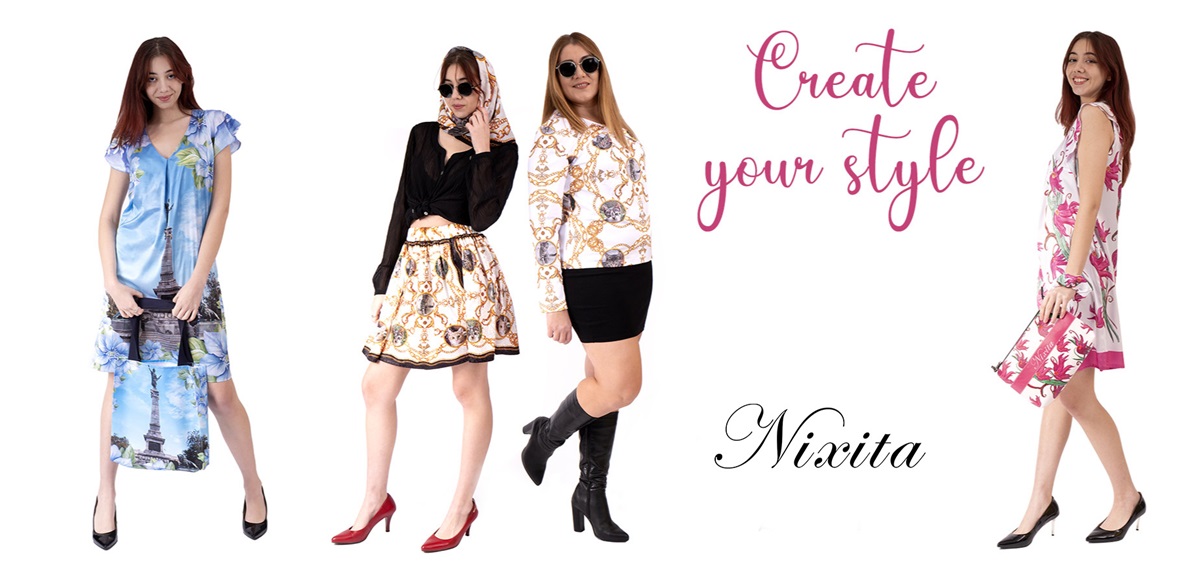In the ever-evolving world of fashion, personalization has emerged as the new vanguard, heralding a shift from the traditional trend cycle to a more individualized approach. Gone are the days when seasonal trends dictated the market; today, the focus is on catering to the unique preferences and desires of each consumer.
Personalization in fashion is not merely about customizing products; it’s about creating a holistic experience that resonates with the consumer on a personal level. It’s the art of tailoring interactions, marketing campaigns, and, most importantly, products to align with the individual’s identity.
The rise of personalization is driven by the consumer’s desire for distinction and a deeper connection with the brands they support. In a digital age where consumers are bombarded with endless choices, personalization stands out as a beacon of authenticity. It’s a statement that says, “You are unique, and so should be your fashion.” New brands like Nixita rely on this trend and create custom print-on-demand clothes and accessories so that their customers dress to impress and be unique.
Retail brands are now leveraging advanced technologies to offer personalized experiences. From AI-driven product recommendations to custom-fit clothing based on body scans, the possibilities are limitless. The integration of personalization into ecommerce has become a necessity, with consumers expecting brands to understand their unique needs and preferences.
Moreover, personalization has significant implications for sustainability in fashion. By producing made-to-order items, brands can reduce waste and excess inventory, contributing to a more eco-friendly industry. It also promotes inclusivity, allowing for a broader range of sizes and styles that cater to diverse body types and aesthetic preferences.
In conclusion, personalization is redefining the fashion landscape, making it more dynamic, inclusive, and sustainable. As we move forward, it will continue to shape the way brands interact with their customers, ultimately leading to a more personalized fashion future where every individual can express their style without constraints.

